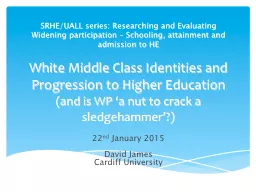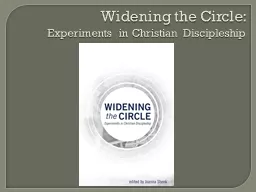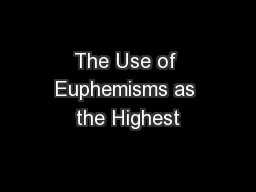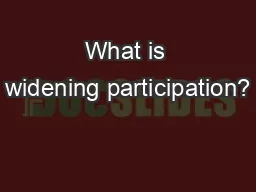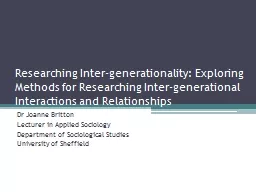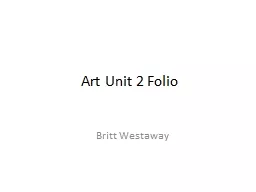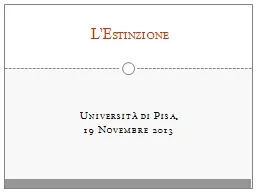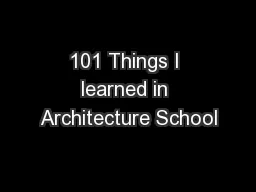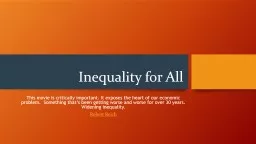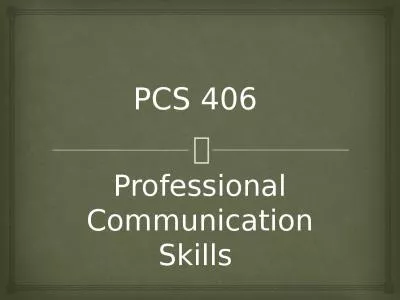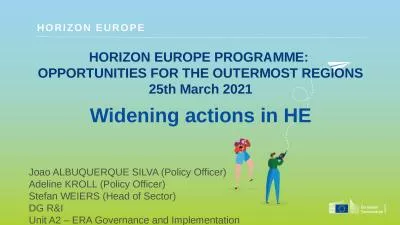PPT-SRHE/UALL series: Researching and Evaluating Widening parti
Author : jane-oiler | Published Date : 2016-03-18
White Middle Class Identities and Progression to Higher Education and is WP a nut to crack a sledgehammer 22 nd January 2015 David James Cardiff University If
Presentation Embed Code
Download Presentation
Download Presentation The PPT/PDF document "SRHE/UALL series: Researching and Evalua..." is the property of its rightful owner. Permission is granted to download and print the materials on this website for personal, non-commercial use only, and to display it on your personal computer provided you do not modify the materials and that you retain all copyright notices contained in the materials. By downloading content from our website, you accept the terms of this agreement.
SRHE/UALL series: Researching and Evaluating Widening parti: Transcript
Download Rules Of Document
"SRHE/UALL series: Researching and Evaluating Widening parti"The content belongs to its owner. You may download and print it for personal use, without modification, and keep all copyright notices. By downloading, you agree to these terms.
Related Documents

